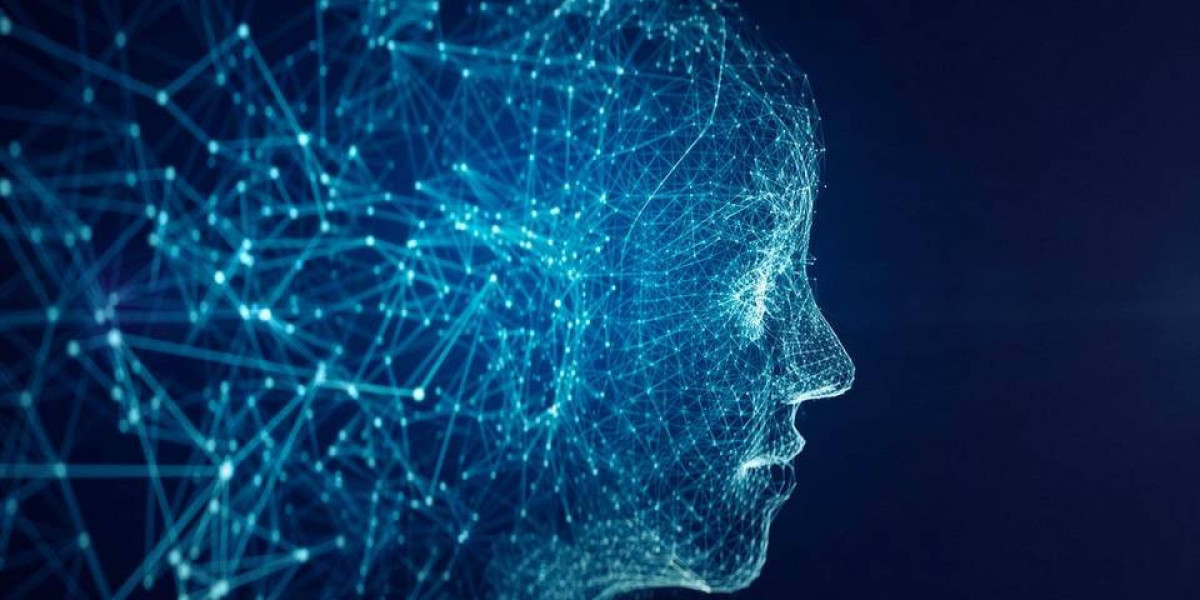Artificial intelligence has revolutionized many areas of our lives, and with that progress comes the need for tools that can understand AI’s behavior and distinguish AI-generated content from human-made work. These tools, designed to assess and identify content or patterns created by AI, have captured attention across industries and continue to pique curiosity. But how do they work? What are they used for? And what challenges lie ahead? Let's break it down.
What Is an AI Detector?
Simply put, an AI detector is a sophisticated tool or software designed to identify if something was created or influenced by artificial intelligence. This can include analyzing text, images, videos, or even audio to spot AI-generated patterns or anomalies that a human wouldn’t naturally produce.
For example, you might have heard about tools that are used to uncover if an essay was written by a student or ChatGPT. These tools study the structure, syntax, and patterns of the text to determine if an algorithm authored it. Similarly, there are AI detectors for deepfake videos, which analyze elements like pixel arrangement or unnatural facial movements to spot signs of an AI-manipulated video.
Key Applications of AI Detectors
AI detectors aren’t just exciting tech experiments; they serve very practical needs across many sectors. Here are some ways they’re making an impact:
1. Maintaining Academic Integrity
AI has made it easier than ever for students to leverage tools like ChatGPT or MidJourney to write essays, generate artwork, or complete assignments. While integrating AI into learning is not inherently bad, many schools want to ensure that students submit original work that reflects their personal understanding. AI detectors can help teachers and institutions distinguish between authentic student work and content generated by AI.
Imagine a university professor grading dozens of essays. If a particular essay has unnaturally perfect sentence structures and phrasing that doesn’t align with the student’s prior skills, an AI detector could verify whether AI was at play, assisting educators in maintaining fair academic standards.
2. Fighting Disinformation
Social media platforms and newsrooms are increasingly battling the spread of fake content. From AI-generated images of people who don’t exist to deepfakes of politicians making false statements, the speed and sophistication of AI in creating believable fabrications are staggering. AI detectors can help uncover these manipulations, ensuring that audiences are not misled by artificially created content disguised as real news.
For instance, during elections, it’s not unusual for fake campaigns or deepfakes to surface online, swaying opinions or creating unnecessary chaos. AI detectors serve as watchdogs, helping platforms like Twitter and YouTube remove deceptive materials in real time.
3. Preventing Fraud in Hiring Processes
Virtual hiring has become a mainstay, often meaning that resumes, portfolios, and even video submissions are used to evaluate candidates. Unfortunately, some job seekers are turning to AI tools to fake their credentials or skills. For example, an applicant might use AI to craft a résumé that falsely highlights industry experience.
AI detectors can play a crucial role in weeding out these fraudulent applications. By analyzing text for inconsistencies or adopting tools to determine if spoken responses in video interviews are genuine, they ensure a fair process for both job seekers and employers.
4. Monitoring Plagiarism Beyond Text
Traditionally, plagiarism detection was focused on matching similar phrases or paragraphs across databases. However, with AI-created content becoming commonplace, simple matching methods are no longer enough. Advanced AI detectors not only look for word-for-word copying but also recognize unique patterns or styles typical of machine-generated text, flagging such instances for review.
Pros of Using AI Detectors
There’s no doubt that AI detectors bring many benefits:
Accuracy in Content Assessment: AI detectors analyze materials with precision, which makes them incredibly effective for identifying content created by AI—even in sophisticated cases.
Enhanced Accountability: Whether in academics, journalism, or hiring, these tools promote honesty and fairness.
Cost and Time Efficiency: Before AI detectors, identifying manipulated or AI-created content took significant effort. Now, these tools help save time without compromising quality.
For example, instead of manually combing through hundreds of assignments to spot potential AI involvement, educators can use an AI detector to handle the heavy lifting in minutes.
Challenges and Ethical Considerations
Despite their usefulness, AI detectors aren’t foolproof and provoke ethical debates.
1. False Positives
Just like any advanced software, AI detectors are not immune to mistakes. Sometimes, they flag legitimate human work as AI-created, leading to potential misunderstandings or mistrust. A student might be wrongfully penalized for using an expansive vocabulary simply because it mirrors patterns of an AI-generated essay.
2. Outsprinting the Detector
AI is constantly evolving. For every new AI detector built, advanced AI can be trained to bypass it. This creates a game of cat and mouse, where the detector is always one step behind the newest technology.
3. Ethics and Privacy Concerns
The growing reliance on AI detectors also raises concerns. If a detector reviews coursework, user-uploaded content, or résumés, how do we ensure that personal data is handled responsibly? Overreach could make people hesitant to submit their original content for fear of surveillance.
The Road Ahead for AI Detection
The future of AI detectors lies in continuous advancement. By combining machine learning with human judgment, we’ll likely see improvements in accuracy and the reduction of false positives. Additionally, more industries will integrate detectors into their workflows, driving the need for ethical frameworks to guide their development and use.
From uncovering deepfakes to preserving academic standards, the role of AI detector will only become more critical as artificial intelligence evolves. By understanding both their strengths and limitations, we position ourselves to use this technology responsibly and have meaningful discussions about its future.
Whether you’re a teacher, recruiter, journalist, or simply curious, one thing is clear: AI detectors aren’t just tools for catching machine-generated oddities; they’re an essential piece in navigating the complex relationship between human creativity and artificial intelligence.



